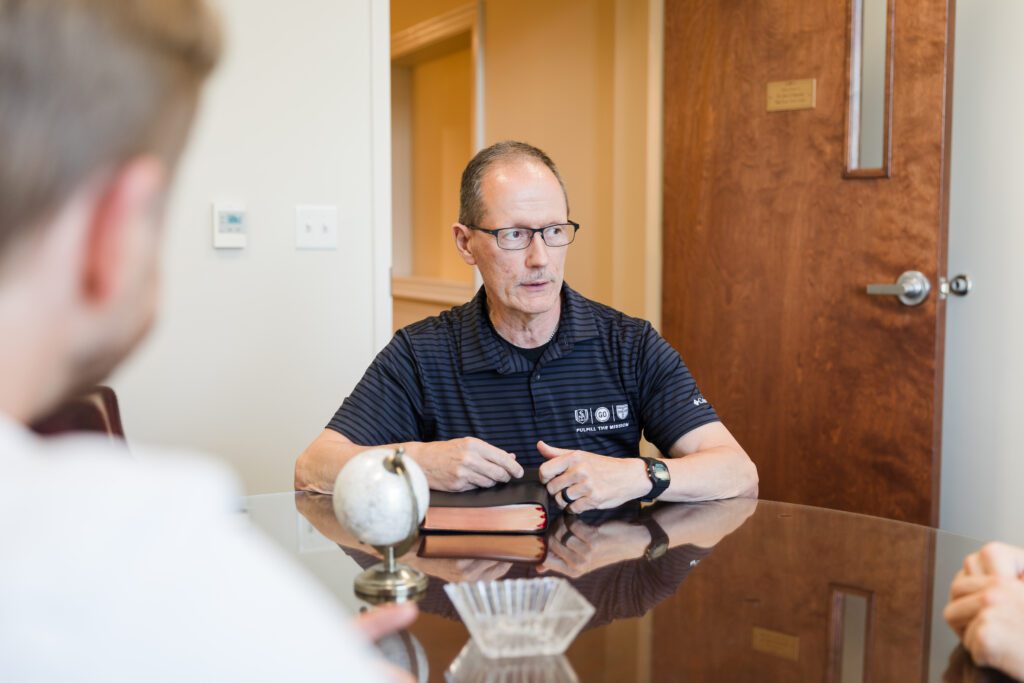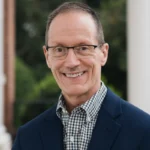There’s no question churches have struggled securing volunteers coming out of COVID. Some of the issues related to recruiting volunteers pre-dated COVID, however, and the pandemic only magnified them. Here are some of them:
- We don’t pray like Jesus taught us to pray. He told us to pray for laborers (Luke 10:1-2), but many churches pray only perfunctory prayers as they recruit. Only when they get desperate do the really pray—and they consequently miss a primary way Jesus taught us to recruit.
- We assume pulpit and bulletin announcements are effective recruiting tools. It’s just not accurate that people listen to all our announcements or read all our written materials (if the church still produces something like a bulletin). What may have worked years ago—though I’m not convinced it did then, either—no longer works.
- We allow the same members to hold several positions. . . at least until they sometimes become the power group in the church. We don’t have a problem with their serving faithfully on every committee, but we later get frustrated when they’ve gained more power than we might like. The better approach is to be a 1 Corinthians 12 church where every member is has a role to play.
- We have no strategy in place to determine gifts, skills, and talents of new members (or older members, for that matter). We don’t teach them about spiritual gifts, nor do we learn about the talents and skills they bring to the table. In some ways, we assume they’ll just come to us—and that simply doesn’t happen often.
- We allow new members to come and just sit. This issue, of course, is connected to #4 just above. When we have no strategy in place to enlist and equip workers, we essentially say to them, “You have our permission to soak in the teachings but make little effort to give back.”
- We complain about too few workers rather than personally recruit them. It’s easy to get frustrated with a lack of workers, especially as some have not yet returned post-COVID. It’s also easier to complain than to spend time and energy personally challenging members to get involved.
- We don’t provide training, support, and encouragers for our current workers. When we don’t support the workers we currently have, they eventually get burned out. They may continue to serve, but they’re weary—and others not yet serving often take note. Folks not yet serving have little interest in getting involved if they think they’ll have to figure it out all on their own.
- In our frustration over too few workers, we too often put in positions of leadership members we have not yet properly vetted. We learn the hard way that willingness to serve does not automatically mean that someone is ready to serve in a given role. And . . . it’s tough to get them out of a role once we’ve put them in it.
What other ways have you seen churches miss it when recruiting volunteers?
Editor’s note: This article was originally published at chucklawless.com.

MDiv Preaching and Pastoral Ministry
The Preaching and Pastoral Ministry track prepares students for pastoral ministry in the local church with a special emphasis on expository preaching.




No comments have been added.